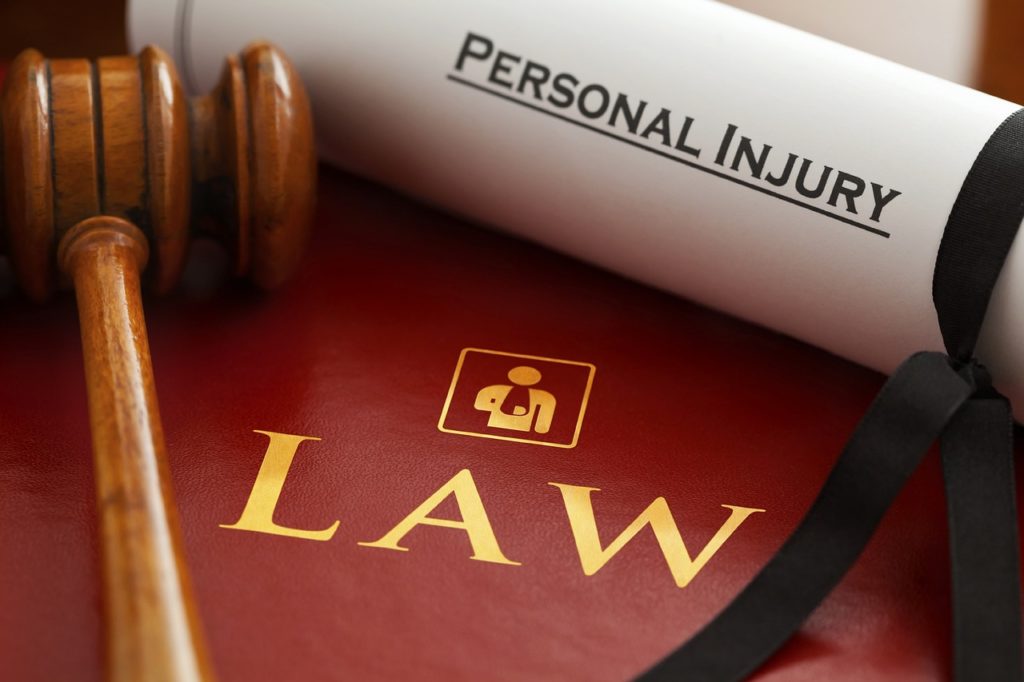In personal injury cases, compensatory damages are divided into two primary categories: economic and non-economic damages.
Understanding the distinction between these types of damages is crucial for anyone navigating a personal injury claim. This sub-blog delves into what each category encompasses and why both are vital for comprehensive compensation.
Economic Damages: Tangible Financial Losses
Economic damages refer to the direct, out-of-pocket expenses incurred due to an injury. These damages are relatively straightforward to calculate because they are based on tangible financial losses. Here are the main components:
Economic Damages: Tangible Financial Losses
Economic damages refer to the direct, out-of-pocket expenses incurred due to an injury. These damages are relatively straightforward to calculate because they are based on tangible financial losses. Here are the main components:
- Medical Expenses
- Immediate Costs: This includes hospital bills, emergency room visits, surgeries, medications, and any immediate treatment required following the injury.
- Ongoing Care: Physical therapy, rehabilitation, follow-up appointments, and any long-term medical care necessary to manage the injury’s impact.
- Future Medical Costs: For severe injuries, future medical expenses can be significant. This may cover anticipated surgeries, continuous treatment, and long-term care needs.
- Lost Wages
- Current Lost Income: Compensation for the income lost during the recovery period. This can be documented through pay stubs, employment records, and tax returns.
- Future Lost Earnings: If the injury affects the victim’s ability to work in the future, compensation for lost earning potential is calculated. This might involve expert testimony to project future income losses based on the victim’s career trajectory and injury impact.
- Property Damage
- Repair or Replacement Costs: Reimbursement for the repair or replacement of personal property damaged in the incident. This often includes vehicles, electronics, and other personal belongings.
Non-Economic Damages: Intangible Losses
Non-economic damages address the more subjective, intangible impacts of an injury. These damages are harder to quantify but are equally important in ensuring the victim is fully compensated. Key aspects include:
Non-economic damages address the more subjective, intangible impacts of an injury. These damages are harder to quantify but are equally important in ensuring the victim is fully compensated. Key aspects include:
- Pain and Suffering
- Physical Pain: Compensation for the physical pain endured due to the injury. This can vary widely depending on the injury’s severity and duration of pain.
- Emotional Distress: Emotional and psychological impacts, such as anxiety, depression, and post-traumatic stress disorder (PTSD), that stem from the injury.
- Loss of Consortium
- Spousal Impact: Damages awarded for the loss of companionship, affection, and support provided by a spouse. This acknowledges the broader impact on the victim’s family life.
- Family Relationships: Compensation may also extend to the loss of parental guidance and care for children, recognizing the injury’s effect on family dynamics.
- Emotional Distress
- Mental Anguish: Compensation for the mental anguish and suffering resulting from the injury. This includes fear, anger, humiliation, and other emotional impacts.
Calculating Non-Economic Damages
The calculation of non-economic damages is more complex and subjective than economic damages. Courts often use methods like:
The calculation of non-economic damages is more complex and subjective than economic damages. Courts often use methods like:
- Multiplier Method: This involves multiplying the total economic damages by a certain factor (usually between 1.5 and 5) based on the injury’s severity and impact on the victim’s life.
- Per Diem Method: Assigning a daily rate to the victim’s pain and suffering, then multiplying it by the number of days the victim is affected.
The Importance of Both Types of Damages
Both economic and non-economic damages are essential for ensuring that personal injury victims are fully compensated. Economic damages provide the necessary financial support to cover direct costs, while non-economic damages address the broader, more personal impacts of an injury.
Conclusion
Understanding the difference between economic and non-economic damages is crucial for anyone involved in a personal injury case. Both types of damages play a vital role in ensuring that victims receive comprehensive compensation to cover all aspects of their losses. If you or a loved one has been injured due to someone else’s negligence, seeking legal advice can help you navigate the complexities of your case and ensure you receive the compensation you deserve.
Both economic and non-economic damages are essential for ensuring that personal injury victims are fully compensated. Economic damages provide the necessary financial support to cover direct costs, while non-economic damages address the broader, more personal impacts of an injury.
Conclusion
Understanding the difference between economic and non-economic damages is crucial for anyone involved in a personal injury case. Both types of damages play a vital role in ensuring that victims receive comprehensive compensation to cover all aspects of their losses. If you or a loved one has been injured due to someone else’s negligence, seeking legal advice can help you navigate the complexities of your case and ensure you receive the compensation you deserve.


